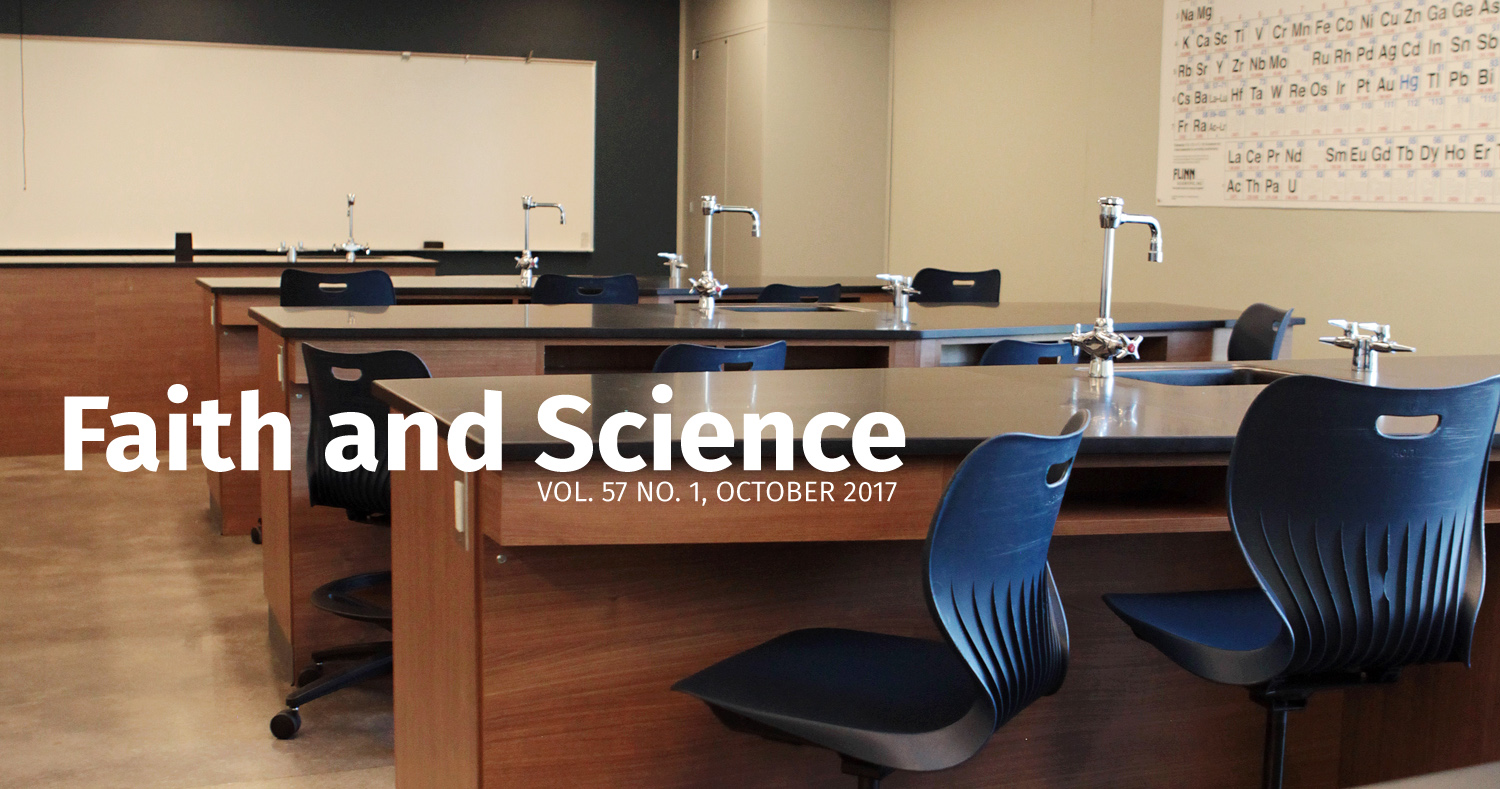How old is the earth and what do the days of creation measure? Was the flood local or global? How much of evolutionary biology can Genesis 1–2 incorporate into its testimony?
I began teaching high school Bible seven years ago. Had you had asked me to describe what a Christian’s role was in engaging faith and science, questions like these would have immediately come to mind. When looking for intersections between faith and science, I used to be limited to the topic of origins. However, participating in the FAST project made me consider how unexpected stories and themes throughout Scripture (outside of just Gen. 1–2) could form and shape how Christians put faith and science together. I’ll offer two examples here (see the “Resurrection” Activity Map at teachfastly.com).
Science as One Way of “Knowing” Truth
The revelation of Jesus Christ is at the heart of our Christian faith, regardless of different positions on origins, genetics, environmentalism, climate change, or any number of potentially divisive faith and science issues. Take away the resurrected Christ and the corresponding hope we have in our own resurrection at His return disappears. As Paul puts it, “If Christ has not been raised, your faith is futile; you are still in your sins” (1 Cor. 15:17). Perhaps starting with “in the beginning” from John 1:1 instead of from Genesis 1:1, would help correct our theological balance here. I have my twelfth-grade students read these affirmations at the start of our doctrine of creation unit for this very reason.
However, acknowledging that the Easter reality provides shape and meaning to Christian life can prove difficult when confronted by materialistic scientism. Modern science obviously shows that “dead people stay dead,” as we are reminded by any number of YouTube videos of New Atheist denunciations of miracles in general or the resurrection in particular.
One way to pull the rug from under the feet of this sort of skepticism is to engage students in the realization that the ancient Israelites actually agreed with the notion that “dead people stayed dead.” Throughout much of the Old Testament, no notion of an afterlife existed, save for a shadowy sort of underworld (sheol in Hebrew) from which there was no escape. Take Job 7:9 for instance: “As a cloud vanishes and is gone, so one who goes down to the grave [sheol] does not return.” Or the mysterious, borderline agnostic language of Ecclesiastes: “All go to the same place; all come from dust, and to dust all return. Who knows if the human spirit rises upward and if the spirit of the animal goes down into the earth?” (3:20–21). Challenging students to confront this stark reality of death and the underworld allows them to see that rather than being gullible about spirits, afterlife destinies, and immortality, the ancient Israelites were actually quite realistic about what happens when people take their last breath: it’s game over.
And yet, experiencing the “death” of Babylonian exile caused the captive Israelites to welcome further revelation from a merciful, life-giving God: the revelation of resurrection hope. By the time of postexilic prophets like Ezekiel (see chap. 37) and Daniel (see chap. 12), students should recognize a shift from “dead people stay dead” to “dead people stay dead . . . until the day when God reestablishes His reign and raises people to new, bodily life!”
Perhaps ancient Jews were no more prone to superstition than we are: they were simply inspired (by God) to hope for a “new creation” reality where common sense saw only decay and death.
Ben Tameling studied religion and history for secondary education at Calvin College and recently completed an MA in Bible and theology at Calvin Theological Seminary. He teaches Old Testament survey, Reformed doctrine, and social studies classes in secondary school.
